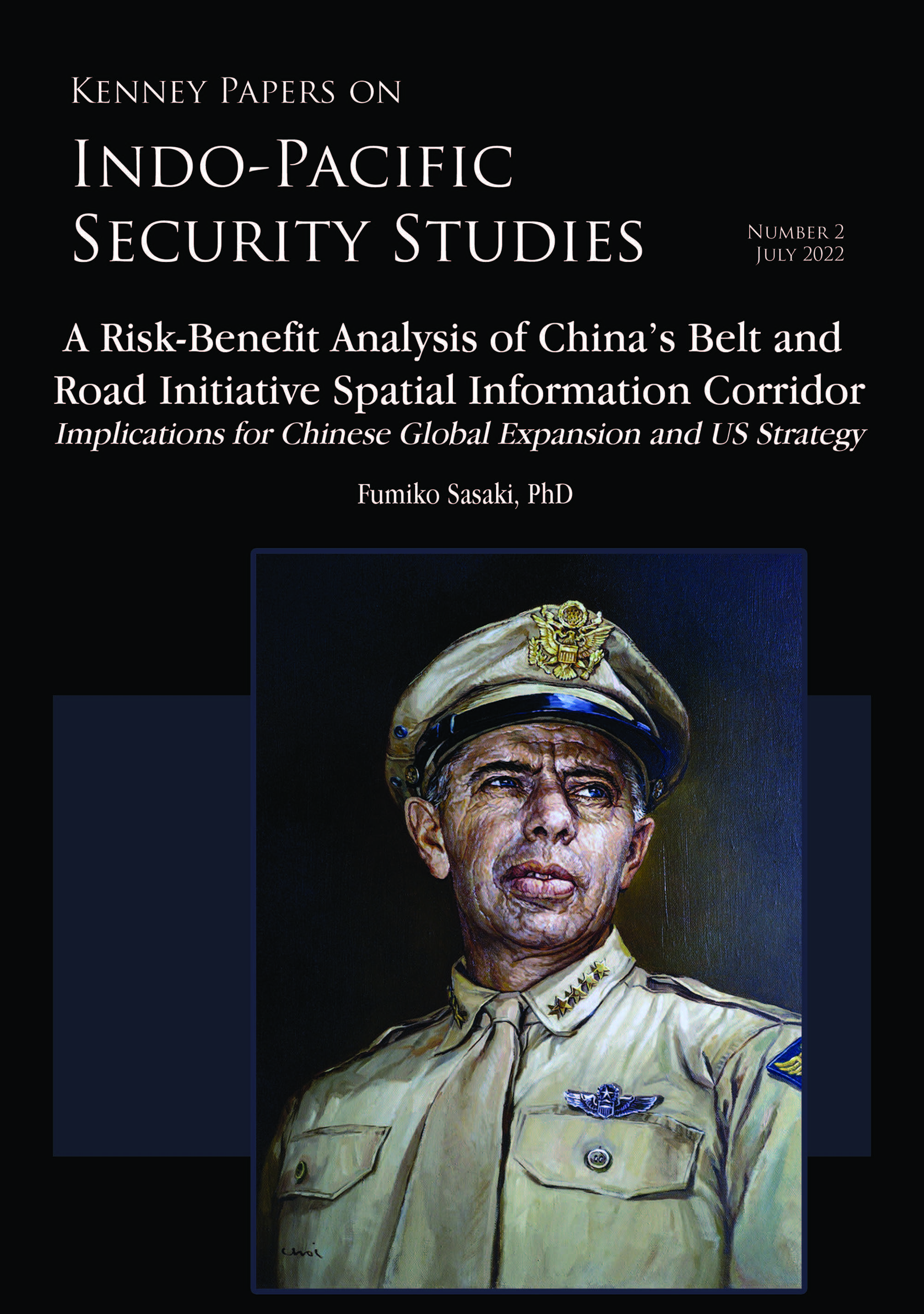 At the turn of the century, competition in space shifted from being between the United States and the Soviet Union to being between the United States and China. Since its first manned mission in 2003, China’s space program has accelerated dramatically. China completed the BeiDou System satellite constellation in 2020, its own Global Navigation Satellite System, sent a rover to the far side of the Moon in 2019 and to Mars in 2021, and is assembling its own space station with completion targeted in 2022. While the United States is still dominant in space, China’s rapid development concerns the U.S. military.
At the turn of the century, competition in space shifted from being between the United States and the Soviet Union to being between the United States and China. Since its first manned mission in 2003, China’s space program has accelerated dramatically. China completed the BeiDou System satellite constellation in 2020, its own Global Navigation Satellite System, sent a rover to the far side of the Moon in 2019 and to Mars in 2021, and is assembling its own space station with completion targeted in 2022. While the United States is still dominant in space, China’s rapid development concerns the U.S. military.
Authors • Fumiko Sasaki, PhD
Year • 2022
Pages • 114
ISSN • 2770-1298
AU Press Code • KP-02